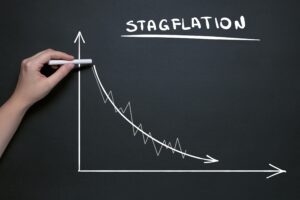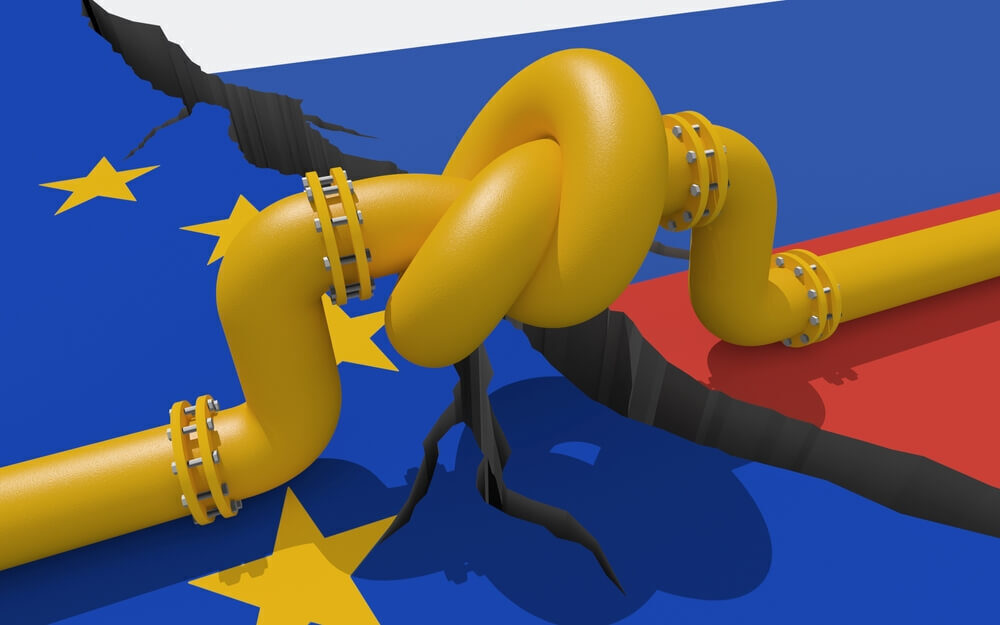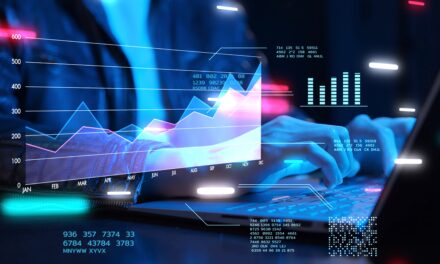One of the biggest mega trends in our premium stock research service Green Zone Fortunes — since its inception — has been renewable energy.
This is not political for Chief Investment Strategist Adam O’Dell or anyone else on the team.
It’s not ideological either.
But it is economical.
At the end of the day, renewable energy will win because it’s the cheapest, most effective option.
To explore why, let’s look at how the U.S. energy landscape has changed, what’s going on in Europe and how it reinforces that renewable energy is the future.
How Renewable Energy Got Here
Around 2018, the price of renewable energy, particularly wind and solar power, dipped below coal for the first time.
A new renewable energy facility dipped below coal in terms of the cost to produce the electricity.
Now natural gas is slugging it out with wind and solar to see which one’s the cheapest. Renewables may be cheaper today, but natural gas may be cheaper tomorrow. It’s a tug of war.
And there are other factors, such as subsidies, that can affect that. But right now, we are at a point where renewable energy is, generally speaking, the cheapest option, particularly for new construction.
Now, it doesn’t mean that all the old fossil fuel plants get shut down tomorrow. Creating new renewable plants and all the infrastructure involved doesn’t happen in a day, and it may not be economical to do it.
But it’s a war of attrition here. And as each older fossil fuel plant reaches the end of its natural life and it becomes time to retire it, it won’t be replaced with a new coal plant or a new natural gas plant.
It will be replaced with a renewable plant because that’s where the economics make sense. This is one of the biggest mega trends we see unrolling over the next two decades.
It’s right in front of you. It’s obvious for anybody wanting to look. We’re just there to pick up the money, right?
How Energy Reliance Has Changed in the U.S.
This renewable energy trend was already well established long before the Russian tanks rolled in. So what happened?
All of a sudden, everything has been accelerated big time.
And this goes back, if you recall, to the mid-2000s, when one of the Bush administration’s core projects was a national energy policy.
They were concerned about dependence on foreign oil, and this has been sort of a known issue for ages. That risk was really laid bare in the 1970s in the OPEC oil embargoes, where primarily the Gulf Arab states shut the U.S., Europe and Japan out. It caused stagflation and a mess of other issues.

No one wants stagflation again.
And every presidential administration since then has been looking for a solution to the problem of dependence on foreign oil.
Reliance also affects our trade deficit. A lot of our current account deficit goes to energy. It’s not just all imports from China and whatnot. It’s also oil imports.
It skews our national accounts. It causes this constant outflow of dollars, which then cycle back into our economy as capital flows. As the people who export to us then recycle those dollars into our assets, which, of course, fuels asset price bubbles, another problem we’ve had over the last 20 years — bubble after bubble.
So every administration acknowledged that this was a risk. The Bush administration, for all its faults, tried to do something about it and encouraged a lot more onshore drilling. And then we had the fracking revolution here in the U.S. When it came to domestic oil and gas production, we went from being an also-ran to being the world’s largest producer.
Now, most people would argue that that’s kind of a gap solution.
What’s more preferable: to have unlimited renewable energy from the sun or wind, or to have to drill a new hole every couple of years because they get depleted?
Clearly, renewables win.
Bottom line: Onshore production became this godsend for the U.S. because it massively reduced our dependence on foreign energy.
The Same Thing Happens Overseas
Fast-forward and Europe reached similar conclusions. They went about it a slightly different way.
The European Union had stronger environmental regulations. They did not go for onshore production as aggressively, and they’re thinking: OK, well, renewables are our future. In the meantime, we can just pump in gas from Russia. Russia’s next door, no worries.
Well, we’re now seeing that that was a major, major risk that they did not fully appreciate.
This was brought up every couple years in every political cycle. Some politician would raise their hand and say: Hey, we maybe shouldn’t be importing all that oil and gas from Vladimir Putin. I don’t know that he’s the most reliable partner.
And the response was: Yeah, but it’s just a little bit longer until we get this renewable stuff up and running.
Well, we now see the risk there. Europe has been pushing back on Russia because of the invasion, but what can they really do about it?
At the end of the day, they need Russian oil. They need Russian gas. It’s hard for them to just say no to that.
So we’re seeing that unfold today and we’re also seeing this create a newfound sense of urgency.
What That Means for Renewable Energy Investors

Renewable energy investors should look at one area: storage.
I mean, if the investment in alternatives was already well in play, there’s now a massive new need to accelerate it. Nobody wants to be at the whim of a hostile trading partner.
So where does that leave us? As I said earlier, we’re staking our future on this. We believe that this renewable energy revolution is still in the early stages.
Now, one of the biggest reasons that it hasn’t advanced even further is storage. Most people forget this, but renewable energy is older than fossil fuels. Don Quixote was tilting at windmills back in the 1500s, long before the age of industrialization.
So wind power has been with us since before the dawn of industrialization. Water power is even older than that. The first water mills go back 5,000 years or more. So renewable energy has always been part of the equation.
The biggest problem with it was that the ability to store that energy was limited. The sun doesn’t shine at night, and the wind doesn’t always blow.
So you have to have a good way to store that energy and to figure out what to do with it after it’s stored, to get it to the right place, to regulate that process, to conserve as much as possible so you don’t lose energy when you don’t need it.
So that’s one of our focuses in Green Zone Fortunes: finding opportunities within renewable energy storage because we’re not just going to buy solar panels and be done.
There are opportunities in solar panels, sure, but that’s not the trade. The trade is in storage and in managing that storage.
And if you want to see why Adam is using storage to target the renewable energy mega trend, click here to watch his “Infinite Energy” presentation. You’ll see how you can join his Green Zone Fortunes readers today.
Once you’ve joined, you’ll find Adam’s four “Infinite Energy” stock recommendations. And they’ve been on fire since Adam added them to his model portfolio on March 4. Three of his picks are up at least 20%, and the last is still in the green (up 2%).
Click here to watch Adam’s presentation and join us today!
To safe profits,
Charles Sizemore, Co-Editor, Green Zone Fortunes
Charles Sizemore is the co-editor of Green Zone Fortunes and specializes in income and retirement topics. He is also a frequent guest on CNBC, Bloomberg and Fox Business.






